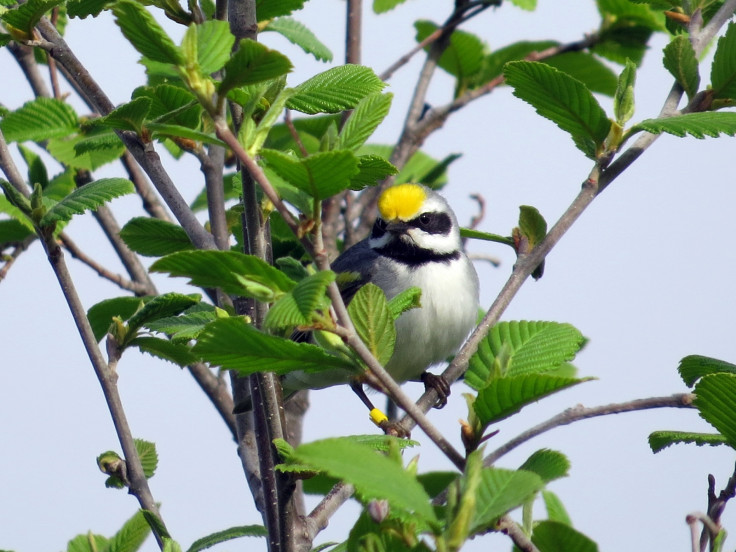Birds sense and flee storm conditions days before deadly tornadoes hit

Birds are able to sense when impending tornado conditions are approaching and leave the area before storms hit, research suggests.
In what experts are calling 'evacuation migration' warblers were found to unexpectedly flee their nesting grounds two days before 84 tornadoes struck the area.
The event took place in April 2014. A tornado outbreak spread across central and southern US, producing multiple long-track tornadoes that killed 35 people.
The unusual migration was documented by chance. Scientists had been testing whether golden-winged warblers could carry geo-locators on their backs when they suddenly took off from their breeding ground in eastern Tennesse and travelled over 900 miles in five days to the Gulf Coast.
Findings showed they left when the storm was still up to 500 miles away, two days before the tornadoes struck.
Study leader Henry Streby, from the University of California, Berkeley, said: "It is the first time we've documented this type of storm avoidance behaviour in birds during breeding season. We know that birds can alter their route to avoid things during regular migration, but it hadn't been shown until our study that they would leave once the migration is over and they'd established their breeding territory to escape severe weather.
"The warblers in our study flew at least 1,500km (932 miles) total to avoid a severe weather system. They then came right back home after the storm passed."

Published in the journal Current Biology, the authors note that the birds began leaving when local environmental cues about the weather, such as changes in atmospheric pressure, were mostly absent.
"At the same time that meteorologists on the Weather Channel were telling us this storm was headed in our direction, the birds were apparently already packing their bags and evacuating the area," Streby said.
Researchers believe the birds knew the storm was coming long before we did through infrasonic sounds – acoustic waves that occur at frequencies below 20 hertz.
While humans cannot hear at this frequency, birds and other animals can. Tornadoes produce very strong infrasound, suggesting their findings show birds use it to remotely detect storms – an ability that could become increasingly important as tornadoes become more frequent.
"There's growing research that shows that tornadoes are becoming more common and severe with climate change, so evasive actions like the ones the warbler took might become more necessary," Streby said.
He also noted that this ability could prove vital to birds as the climate changes. "Our observation suggests [that] birds aren't just going to sit there and take it with regards to climate change, and maybe they will fare better than some have predicted. On the other hand, this behaviour presumably costs the birds some serious energy and time they should be spending on reproducing."
© Copyright IBTimes 2025. All rights reserved.






















